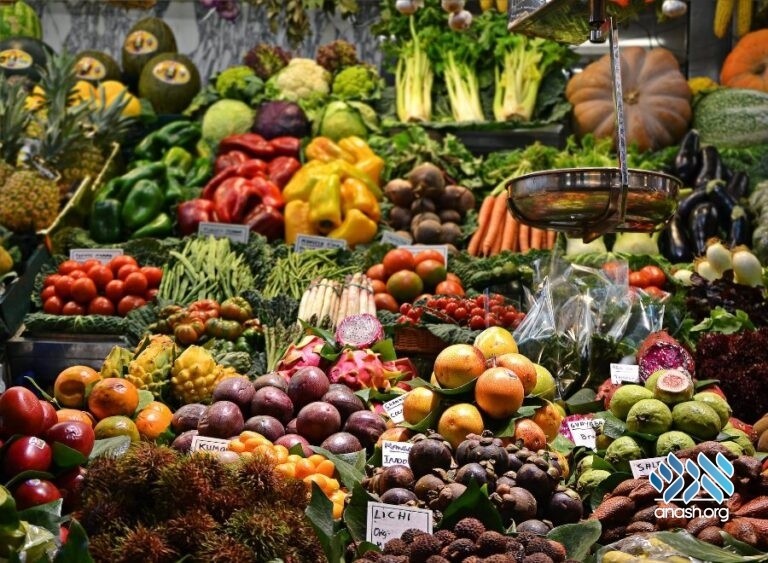Ask the Rov: If I don’t have a new fruit on Rosh Hashana, can I still say Shehecheyanu?
By Rabbi Chaim Hillel Raskin – Rov of Anash in Petach Tikvah
The yamim tovim as mentioned in the Torah are one-day celebrations, and therefore, in Eretz Yisroel, the yamim tovim of the shalosh regalim are observed for one day each. Outside of Eretz Yisroel, we celebrate each yom tov for two consecutive days. While this was originally done due to the doubt in distant locations as to which day was established as Rosh Chodesh in Yerushalayim, Chazal later instituted that we continue this custom today.
Rosh Hashana, on the other hand, is celebrated for two days even in Eretz Yisroel. Since it coincides with the first day of the month, “Rosh Chodesh,” which was established by the testimony of witnesses on the holy day itself, any city beyond Yerushalayim’s Shabbos limits would not find out until later. Thus, all of Eretz Yisroel kept two days out of doubt. More importantly, if the witnesses arrived late on the first day, Rosh Hashana would be observed for two days even in Yerushalayim itself (due to complications it might cause in the avoda of the Beis Hamikdash).1
During the shalosh regalim, we recite Shehecheyanu in kiddush or candle lighting even on yom tov sheini. Since our observance of the second day is based on the original doubt as to which day is the real day, we treat the second day like a possible first day.
The two days of Rosh Hashana are treated as one continuous holy day (yoma arichta), and many halachos of the first day carry over to the second day (e.g., eruv techumin, muktza).2 Some rishonim explain that its double day is not just the result of a doubt. Shehecheyanu should therefore not be recited at kiddush or tekias shofar on the second day as it was already recited on that “day.”
Others argue that the “one long day” is based on the original custom in Eretz Yisroel due to the possibility that witnesses arrived late and Chazal decided to keep both days as definite yamim tovim. In that scenario itself in zman habayis, they recited Shehecheyanu again on the second day after it emerged as the yom tov min hatorah, as opposed to the first that was miderabonon.3
Although the halacha follows the second opinion, we try to avoid the issue by having in mind a new garment or fruit that warrants a Shehecheyanu.4 The fruit should be present during kiddush or candle lighting and be eaten immediately afterward without interruption.5 (For this reason, some suggest lighting candles close to the meal when they will eat from the fruit.6) Yet, one who doesn’t have a new garment or fruit recites Shehecheyanu, as the primary halacha follows this view.7
Similarly, the one blowing the shofar on the second day should endeavor to have a new garment (a fruit won’t be eaten until much later).8 However, this isn’t necessary when the first day of Rosh Hashana falls on Shabbos since the shofar on Sunday is the first time that year.9
See Sources (open PDF)
From The Weekly Farbrengen by Merkaz Anash

Discussion
In keeping in line with the Rabbonim's policies for websites, we do not allow comments. However, our Rabbonim have approved of including input on articles of substance (Torah, history, memories etc.)
We appreciate your feedback. If you have any additional information to contribute to this article, it will be added below.